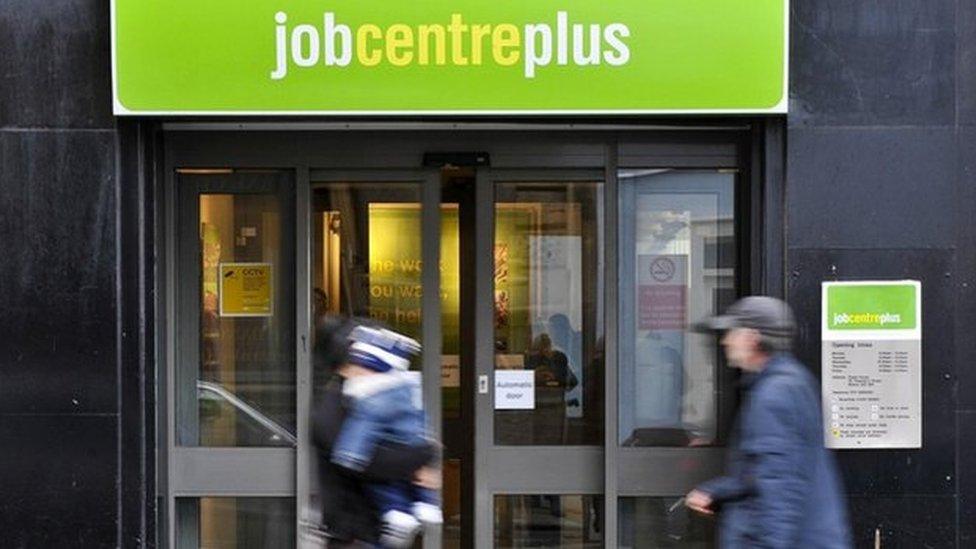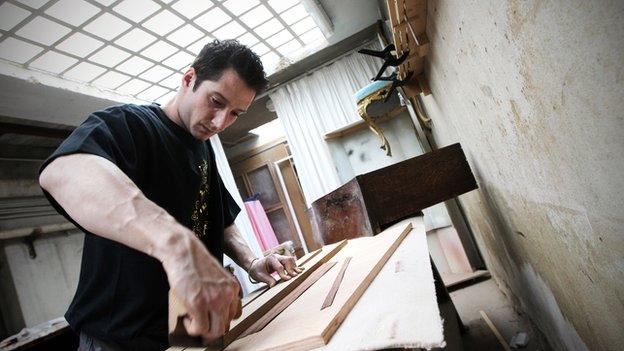Self-employment boosts jobs growth
- Published

Scotland's improvement in employment in recent years has come almost entirely from people going solo, according to new research.
Self-employment has risen by almost 300,000 since the recession of 2008-09, and most of that has been women.
The analysis has been carried out by Royal Bank of Scotland economists.
They found a distinctive pattern for Scotland, as firms tended not to expand their recruitment north of the border, but looked to freelance workers.
That can be a good indicator, where those workers have high-value skills and are starting up businesses.
But it can also be a sign of workers being more vulnerable to uncertain working hours and conditions, and easier for employers to shed.
Faster rise
It may also reflect a growth in the number of older workers, particularly among those aged more than 65. The figures suggested that they were using self-employment as a means of phasing their move into full retirement.
The analysis is part of the RBS Regional Economic Tracker, and found an 11% rise in self-employment in the past eight years, compared with an increase of merely 0.2% in direct employment.
Over the past year, however, the figures have looked different, with a faster rise in direct employment, and a drop in the number of self-employed.
The longer-term increase, of 31,000, means one in nine jobs in Scotland are now through self-employment.
Three times more women than men have joined the ranks of the self-employed since 2008.

Orkney had the highest rate of self-employment among Scotland's 32 council areas, with 20%. The highest mainland rates were in rural areas, led by the Borders, Dumfries and Galloway and Argyll and Bute.
The lowest levels were in West Dunbartonshire, with 6%, and West Lothian.
Among the cities, Dundee has 12%, Edinburgh 11%, Glasgow 10% and Aberdeen 8%.
A sign that this is a positive indicator is that many of the self-employed roles were in the IT sector, where skills are relatively scarce.
Financial services were also turning to self-employed people for a more flexible workforce, as was the construction industry.
Commenting on the findings, Sebastian Burnside, senior economist for the Royal Bank of Scotland, said: "This is positive news that Scottish employment figures are returning to, and in fact, exceeding, pre-2008 recession levels.
"It is also positive to see the role entrepreneurship is playing within that. This appetite, especially in Scotland, is a driving force within this upturn in results.
"But we have to temper some of the enthusiasm for these results in places. For example, we have noticed an increasing trend in the volume of self-employed workers in construction but a big source of that growth has come at the expense of employee jobs."
He added: "From the research it appears flexibility is an important driver of increasing part time self-employed work. Older self-employed workers are more likely to go part-time.
"That's normally in the same industry and job, so suggests workers are managing their transition to retirement rather than stopping work altogether."
- Published5 August 2016

- Published16 March 2016

- Published14 February 2016
